Few things that deeply struck me during the whole trip to Cambodia – the warmth of the locals, the splendid architecture of the city (both age old and modern) and – especially so – its chilling, not-too-distant history during the Khmer Rouge era which the people of Cambodia today still struggle to recover and learn from.
Phnom Penh, Cambodia Part II (21-23 December 2013)
Day 2: Tuol Sleng Genocide Museum + ATV tour at The Killing Fields of Choeung Ek
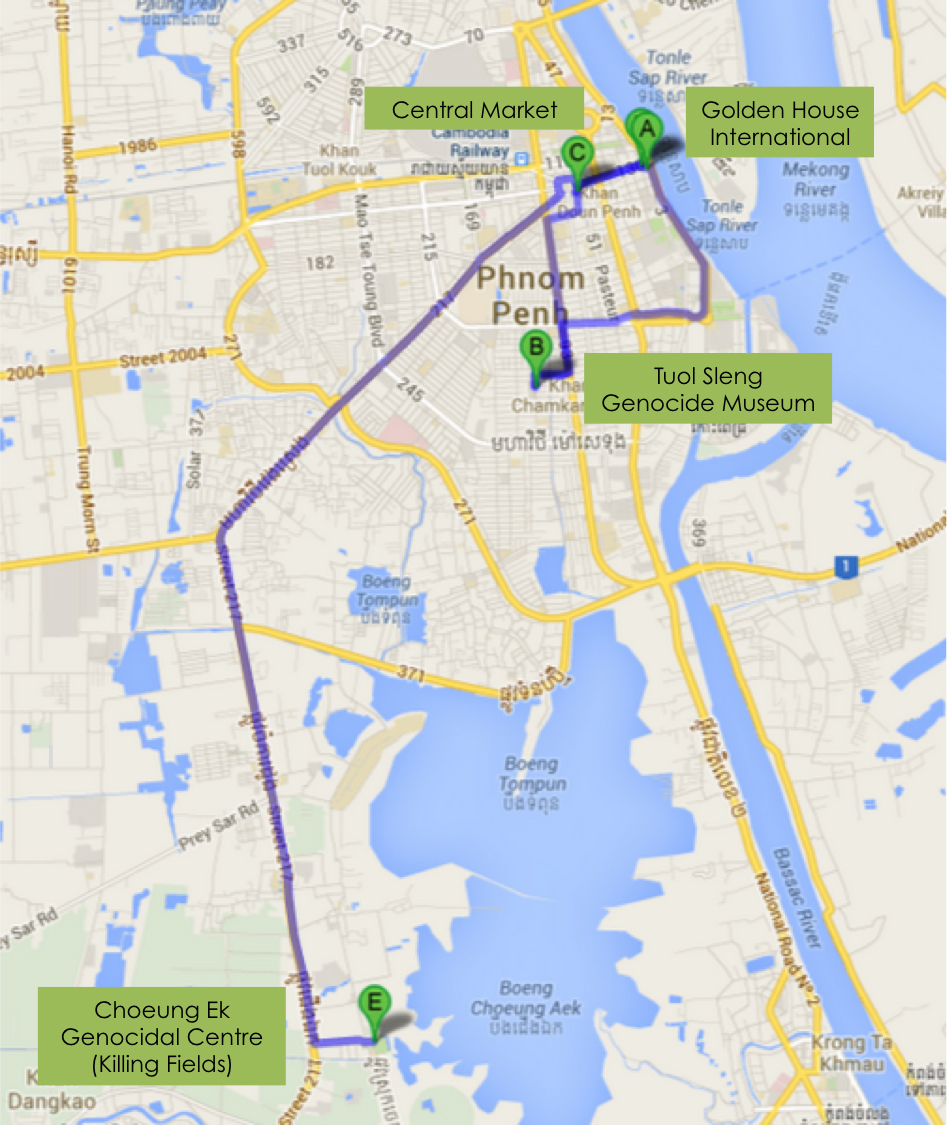
After last night’s massage and a good night’s rest, we woke up early for a sumptuous hotel breakfast set before taking a 5min tuktuk ride (USD3) to Tuol Sleng Genocide Museum. Formerly the Chao Ponhea Yat High School, the site was converted to become Security Prison 21 (S-21) during the Khmer Rouge regime where academics, soldiers and high-ranking political leaders of the previous Lon Nol regime were imprisoned and repeatedly tortured into naming family members, relatives and friends. They would in turn be brought here to suffer the same fate – a result of Pol Pot’s belief that “It is better to kill an innocent by accident than let a traitor go by accident” and “To kill the grass, you must also remove the root”
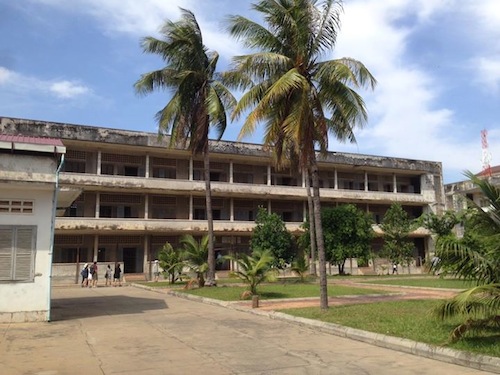
The entrance fee of USD2 allows you to walk freely around the compound and through its individual rooms – where you will find vacant metal bed frames and shackles preserved the way it was found, held testimony by a haunting image of the exact same room on the wall, except with an emaciated victim occupying the now empty space on the bed.
To fully understand the history of this place, a guide is strongly recommended. Our local guide was worth every bit of the USD8 we paid amongst us four for a 30 minutes tour. As we walked through the rooms, she would point out the splattered blood stains on the ceiling and explain the atrocities that took place in each of the torture chambers. Khmer Rouge’s obsession with documentation could be seen by the rows and rows of victim’s photographs displayed at the museum – its blatant horrors amplified by the mere age of captured infants and utter lack of dignity spared during the last surviving moments of corpses.

Pol Pot was derived from Political Potential. Born Saloth Sar, he had earned a scholarship to study in Paris, but became obsessed with the communist ideology and was forced to return to Cambodia after failing his exams thrice. Ironically, he had started out as a teacher upon his return, slowly spreading his influence and rising to power to become the leader of Communist Party Khmer Rouge, ultimately taking over Phnom Penh on 17 April 1975.
The next 5 years saw the massacre of about 2.5 million out of a population of 8 million in Cambodia – the doctors, lawyers, professors (even anyone who wore spectacles as it was a sign of educatedness) and also the ethnic minorities, buddhist monks or anyone suspected of connections with the former government. With 1 out of 3 Cambodian killed, our guide explained that almost every Cambodian in the present day personally knew someone who died from the cruelties of the Khmer Rouge regime. Her own mother, whose parents were lost during the era, suffers from the baggage of mental trauma today. And with a huge portion of its educated population wiped out, much of present-day Cambodia still struggles to recover – both psychologically and economically – from this nightmare.
First They Killed My Father is a heart-wrenching historical autobiography that recounts the brutality of Khmer Rouge and must-read for anyone visiting Cambodia. I bought a copy from the streets of Phnom Penh for USD4 and it has since become one of my favourites (and also a great read on the bus from Phnom Penh to Siem Reap).
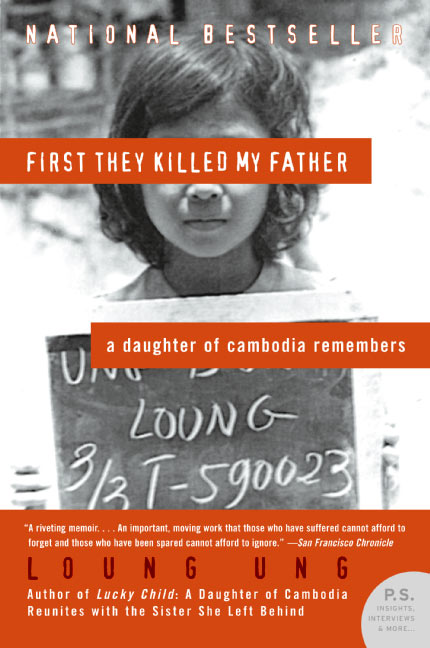
After our depressing morning, we took a tuktuk to the Central Market to lighten our hearts and fill our tummies. Here, you would find many trinklets like silk pants and scarves, jewelry and silverware, fake watches and sunglasses, dry foods (we got cashew nuts for snacks) and best of all – cheap, delicious street food.
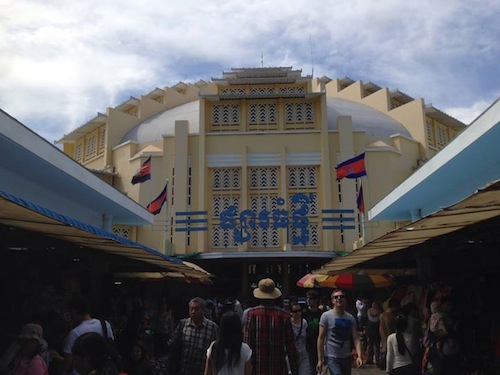
(If you prefer Khmer food in a restaurant, Khmer Saravan on Sisowath Quay was quite a good place where we had a USD35 dinner for 4pax consisting of 5 dishes, rice + 2 jugs of Anchor beer)
After our sumptuous lunch, we took a short walk back to the hotel where our Blazing Trails guide was waiting to bring us on our ATV tour at the Killing Fields. We had read about their raving reviews on TripAdvisor and decided to go for the 1230-430pm tour (booking was a breeze – we simply left a message on their website the night before)
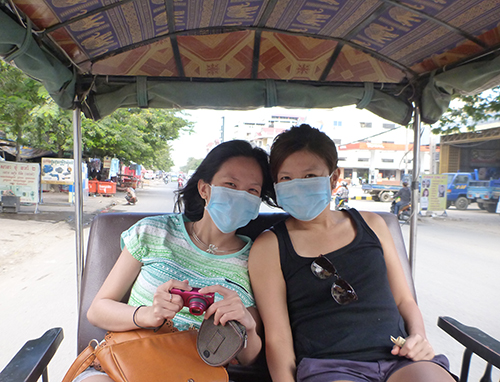
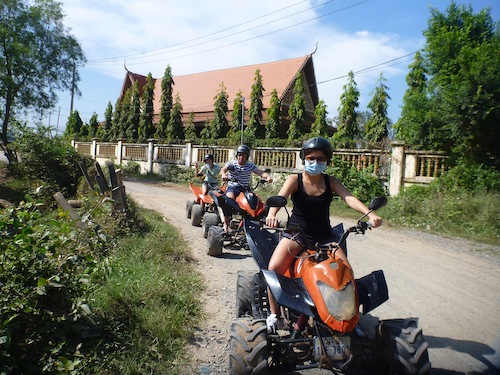
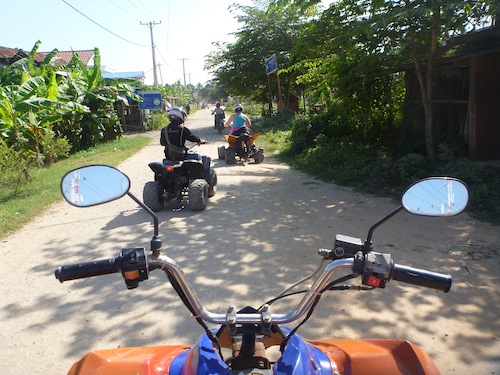
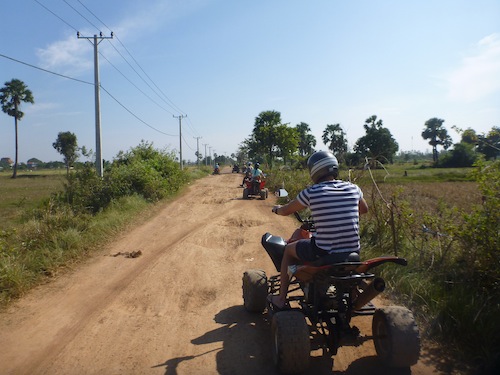
It was quite an enjoyable experience manoeuvring across the bumpy trails as we took turns to lose control and crash into the bushes/fences. This was my first time riding an ATV and the outdoor activity provided some respite from the day’s otherwise sombre itinerary.
After our fair share of fun on the ATVs (we had about 45 min), we headed to the Choeung Ek Genocidal Museum – or The Killing Fields. Entrance fee is USD6 including audio guide, although this was already included in our Blazing Trails tour.
The Killing Fields of Choeung Ek is one of the 20,000 mass grave sites scattered across the whole of Cambodia. The audio guide provides a detailed narrative that explains each station as well as several true recounts of the Khmer Rouge regime. One of the most horrific showcase – the Chankiri Tree or Killing Tree in which infants were smashed against in front of their parents eyes’.

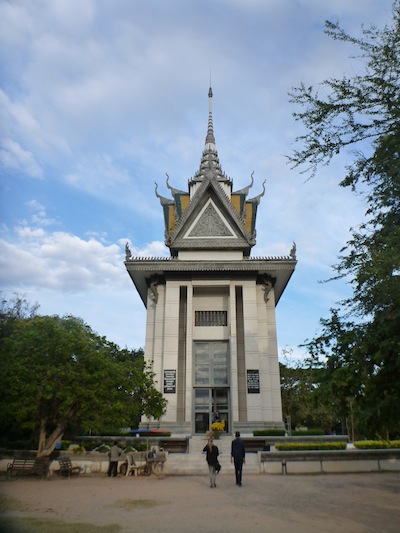
Although Cambodia is a neighbouring country with a gripping history that happened only but a few decades ago, I am ashamed to say that I have been mostly blind to the horrors of Khmer Rouge until this trip. Even till today, the UN trials of its last few surviving leaders drag on. Much of popular culture have tried to educate the mass on the chilling atrocities of this era and the insurmountable human spirit that have endured and emerged.
As a recent tourist enraptured and moved by this country’s history, here are two works of art I really enjoyed and recommend to anyone who’s going/has been to Cambodia or simply interested to learn more about the era:
1. First They Killed My Father – A Daughter of Cambodia Remembers (mentioned earlier in this post) by Khmer Rouge survivor Loung Ung
2. The Killing Fields by Roland Joffe, starring Haing S. Ngor as Dith Pran (both Khmer Rouge survivors) and winner of eight BAFTA Awards and three Academy Awards
Next: Day 3: Angkor Wat, Siem Reap
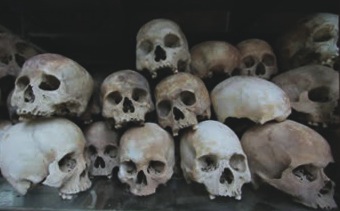
One reply on “Tuol Sleng & Choeung Ek Killing Fields”
[…] Day 2: Tuol Sleng Genocide Museum + ATV tour at The Killing Fields of Choeung Ek […]